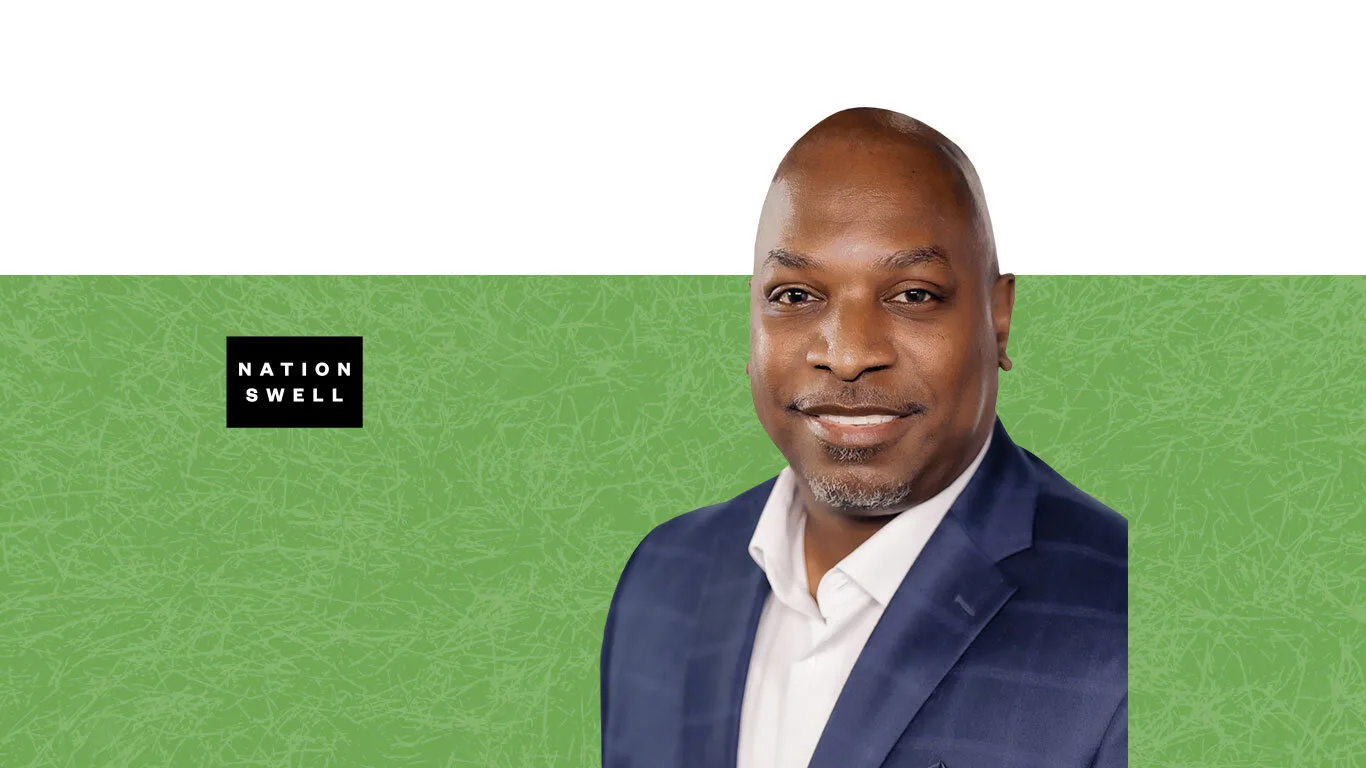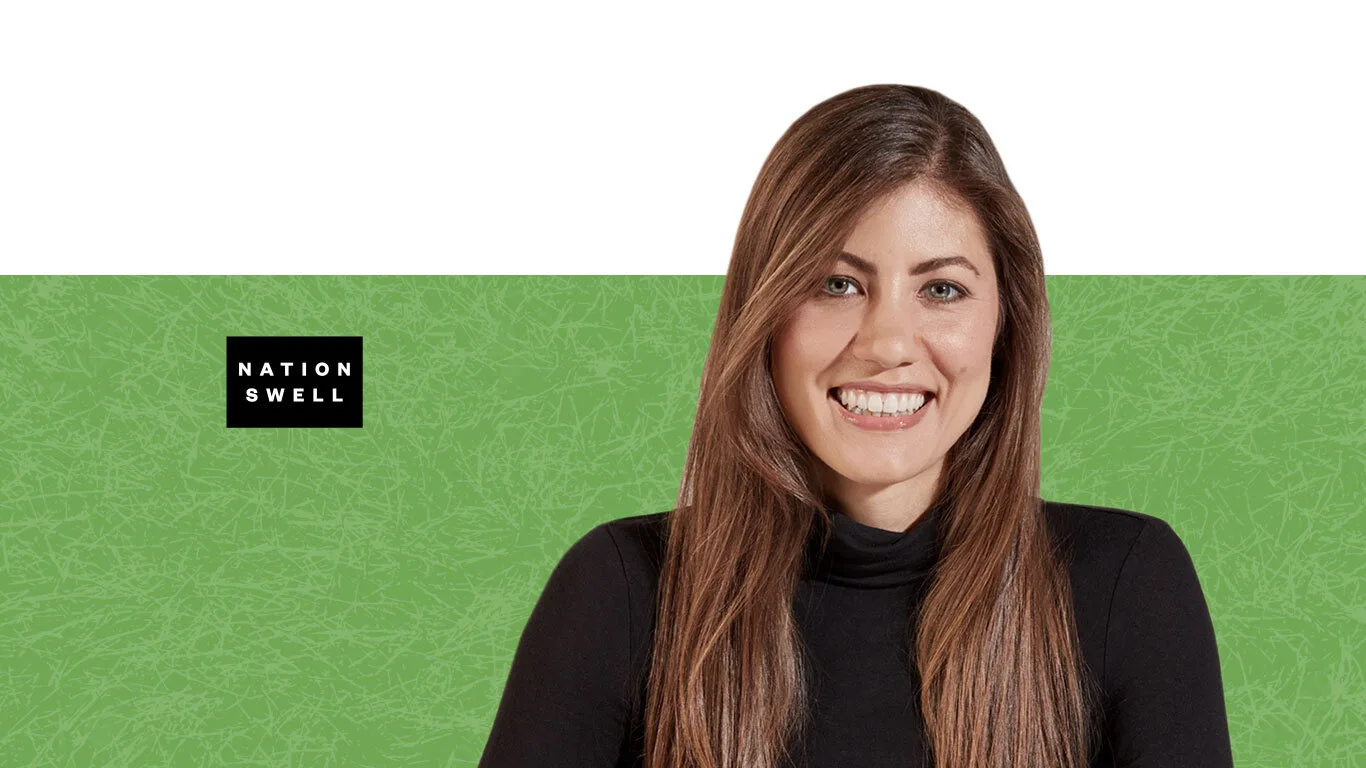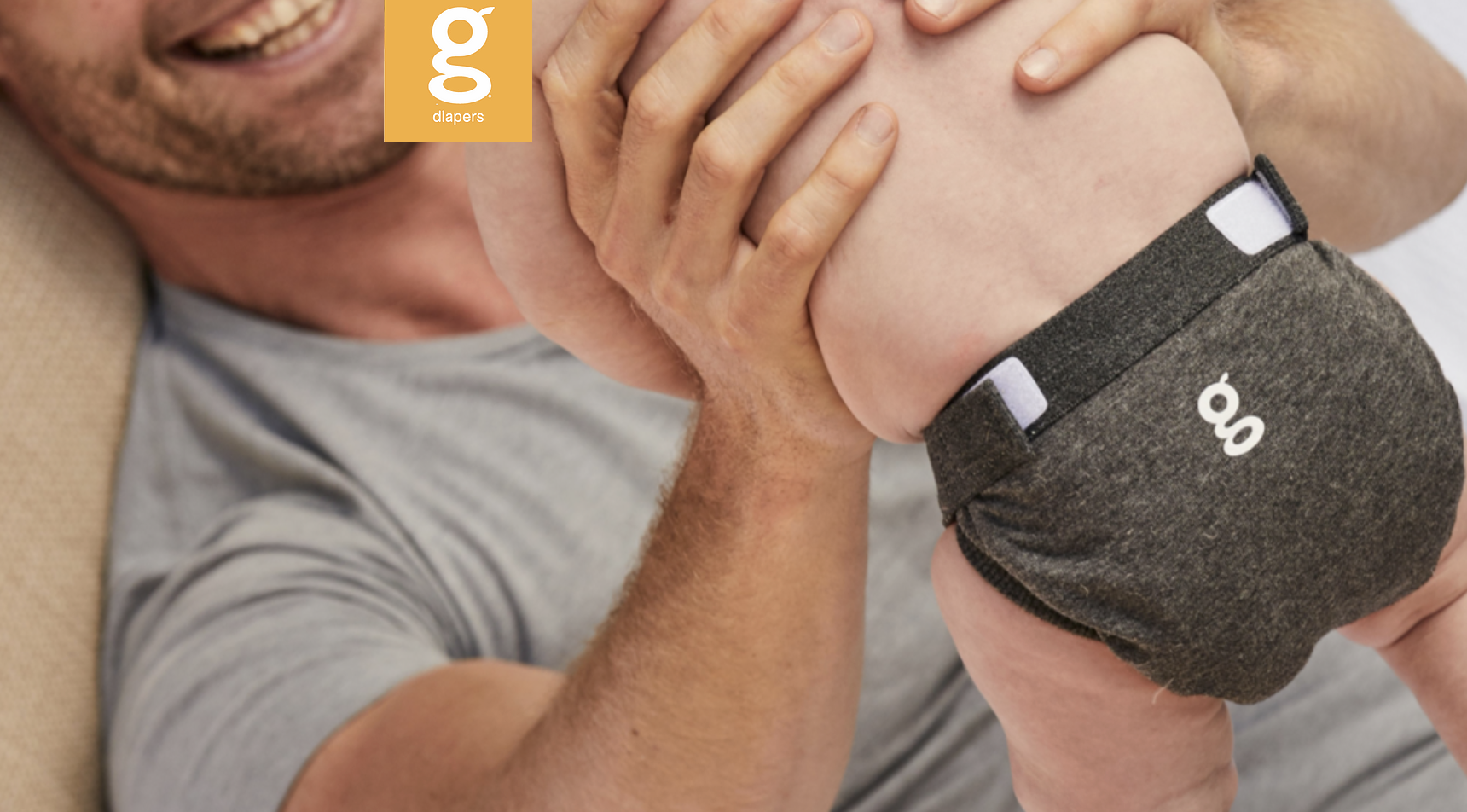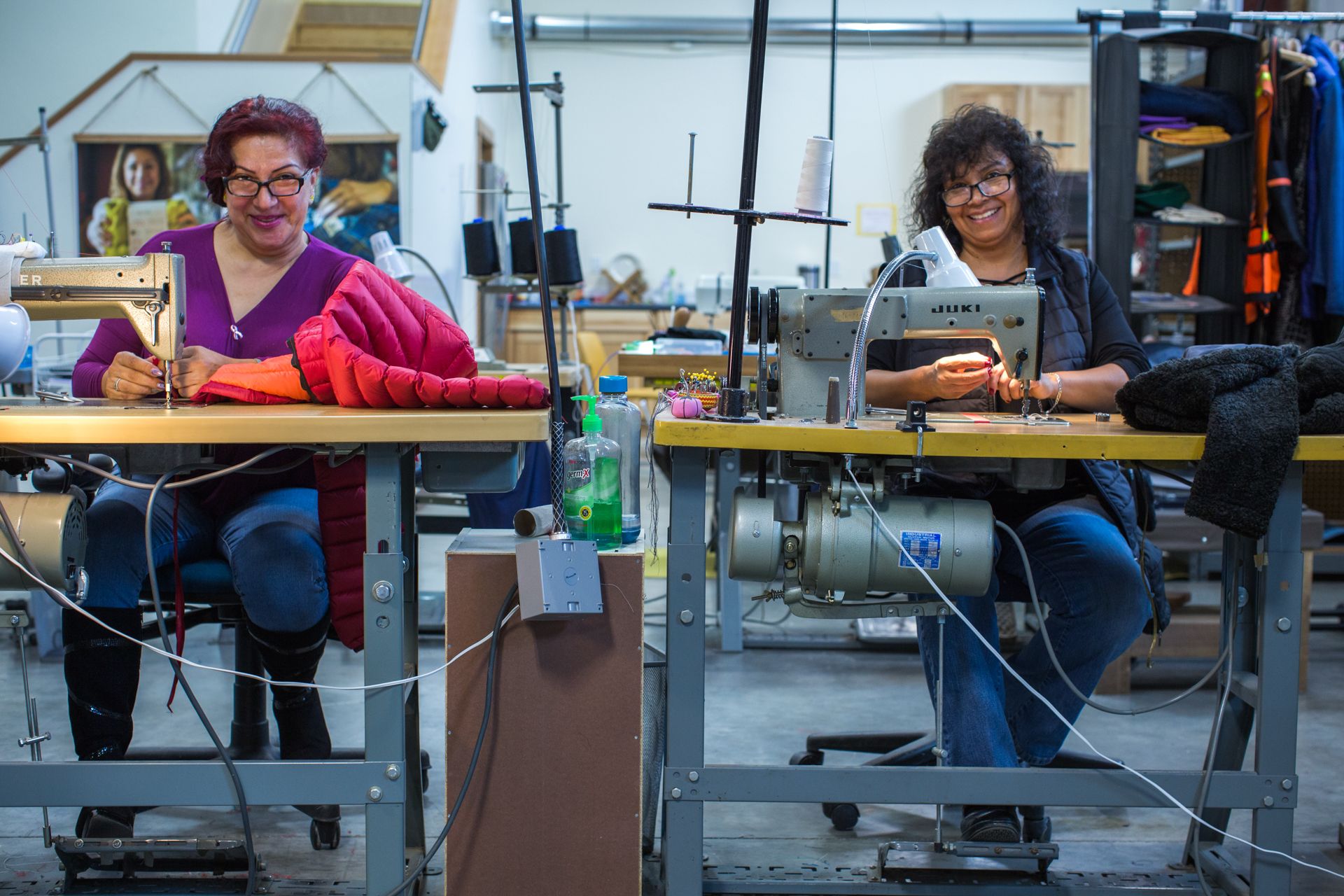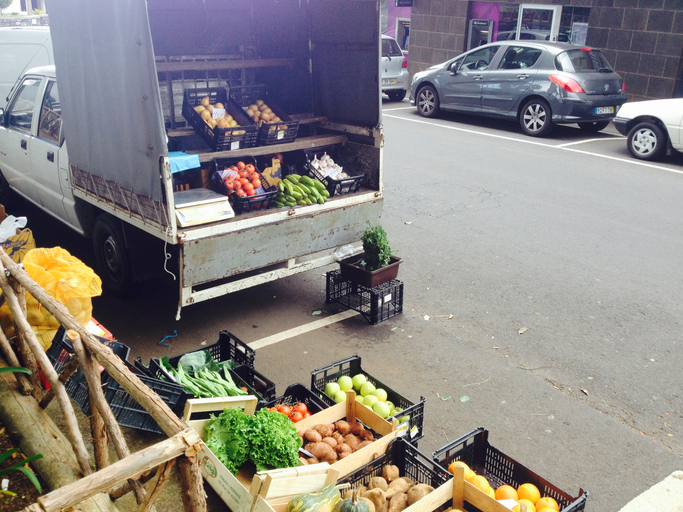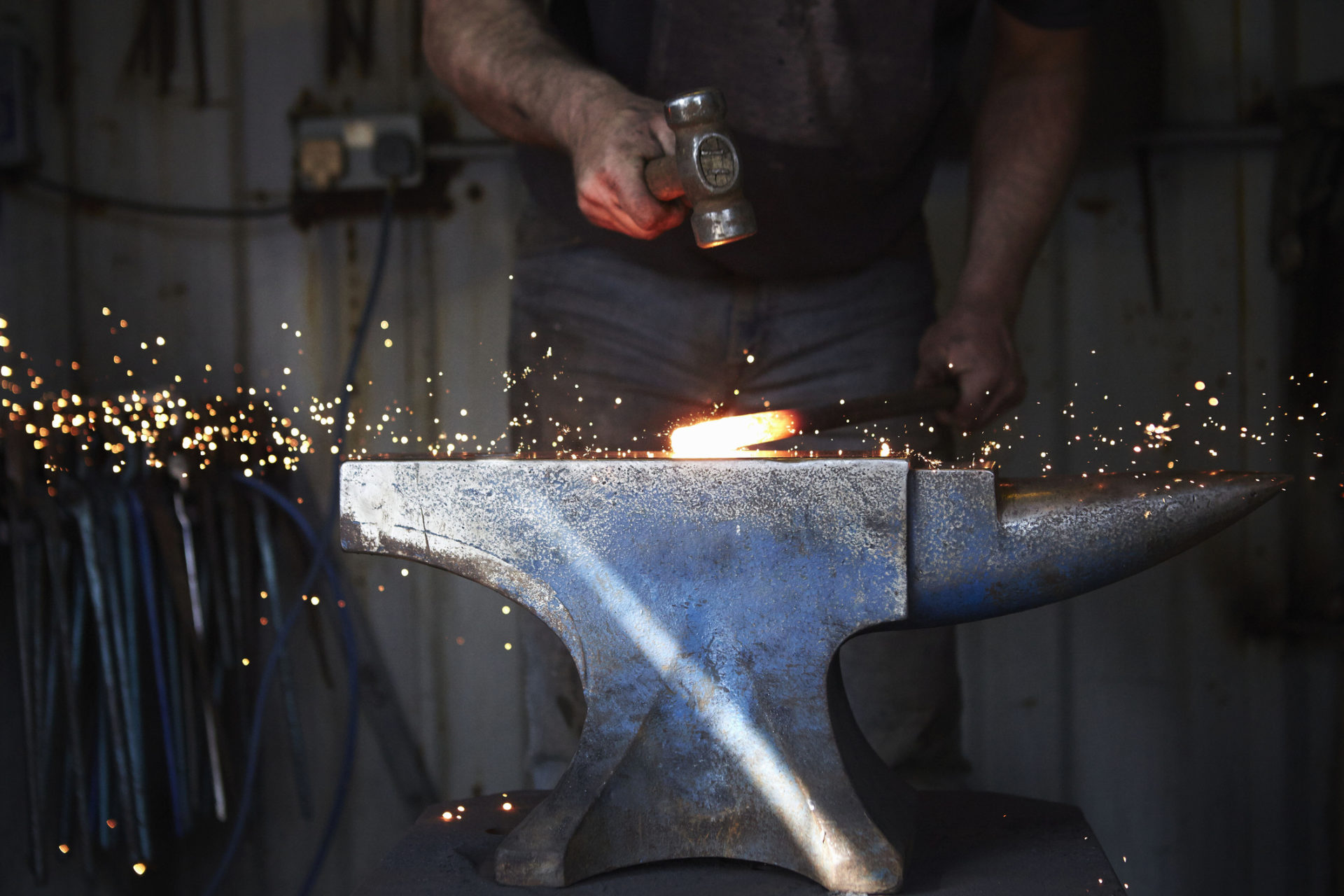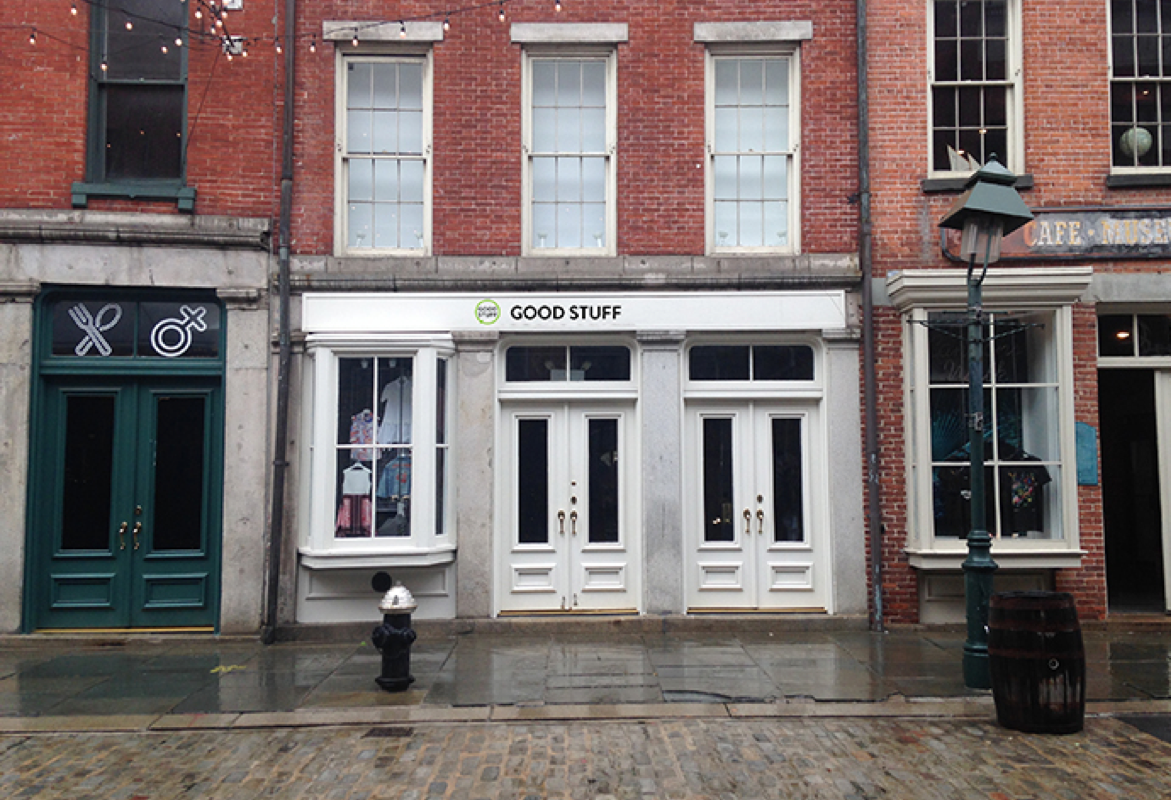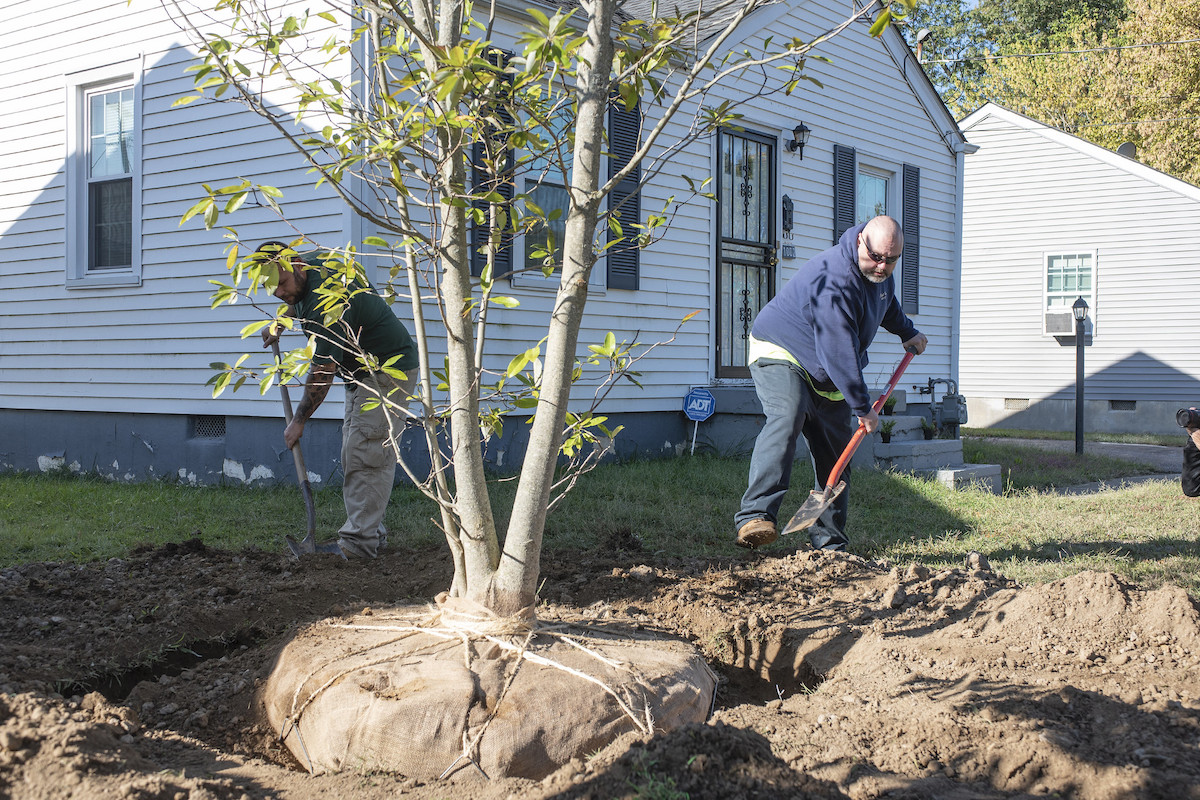Amid extreme and unprecedented worldwide pressures, global hunger and food insecurity remain at an all-time high. According to a United Nations report, up to 783 million people faced serious hunger in 2022, and 2.4 billion lacked access to adequate food to feed themselves or their families.
In celebration of World Food Day this week, NationSwell is profiling some of the social impact and sustainability leaders in its community whose standard-setting initiatives are advancing global food security in innovative, scalable, and measurable ways.
For this installment, NationSwell interviewed C.D. Glin, President of the PepsiCo Foundation and Global Head of Social Impact at PepsiCo, on the programs he and his team are leading to address hunger in communities across the world. Here’s what he had to say about why working with global and local non profits is essential to any global organization, how to bring an organization’s full capabilities to bear across impact initiatives, and the importance of staying committed.
Anthony Smith, Editor at Large, NationSwell: Thank you so much for agreeing to speak with us today. What are some of the statistics and numbers that help illuminate why hunger is such an urgent problem facing our world today — and how it’s changed in the last five years?
C.D. Glin, President, PepsiCo Foundation, Global Head of Social Impact, PepsiCo: The world is facing a dire hunger crisis right now, and it’s been exacerbated by the three C’s: COVID, climate change, and conflict shocks around the world. An expected 345 million people are projected to be food insecure in 2023, a number that’s more than double the number from 2020. It’s an increase of almost 200 million since pre-pandemic levels and the early days of COVID. But if we zoom in on those numbers, we see that over 40 million people across 51 countries are in an emergency hunger situation — one that’s only getting worse from acute food insecurity. And every war, conflict, or disruption our world has faced has had an indiscriminate and disproportionate impact on the children in these nations: 45 million children under five years of age are estimated to suffer from acute malnutrition.
Without life saving actions, we’re at risk of those numbers growing. We’re at risk of millions falling into catastrophic — or even famine — conditions. And we shouldn’t think that because we live in the United States, we’re insulated from these challenges. Our country has over 34 million people that are food insecure.
These sad, shocking numbers are a call to action. As one of the largest food and beverage companies, we, at PepsiCo, see this as an integral intervention area for us on a global scale. We’re a company that uses ingredients from the land to make products consumers love. We source 30 crops from more than 7 million acres across 60 countries, so we’re operating on a global scale. Agriculture isn’t only crucial to our business, but also to the growers and the communities around the world where we source and operate.
We’re rooted in agriculture, and we’re rooted in people. When you look at what PepsiCo is actually packaging in some of our most iconic brands, at a fundamental level, it’s really potatoes, corn, and oats. That’s why advancing global food security is so core to everything we do. We feel it’s incumbent upon us to play a critical role in leveraging our global capabilities to achieve local impact, to contribute to a sustainable, regenerative, and inclusive food system in the communities where we live and where we work.
Smith, NationSwell: What are some of the initiatives you and your team are leading at PepsiCo to help advance food security?
Glin, PepsiCo: We bring together everything we do under a strategic umbrella called PepsiCo Positive. I’ve always been a big believer that business could be a positive force for good, and PepsiCo Positive is an end-to-end transformation that positions sustainability and human capital at the center of how we’re going to create value and inspire positive change for people and the planet. Everything we do as a company — how we make, move, sell our products, and inspire people through our brands — supports this PepsiCo Positive ambition to really be a positive force for good for people and planet.
That leads to us making real commitments, like our global commitment to increase nutritious food access for 50 million people by 2030. And it also led to us making a commitment to invest $100 million dollars through 2030 as part of the Zero Hunger private sector pledge.
I’m fortunate to lead the PepsiCo Foundation, and our focus and contribution to this broader end-to-end transformation of the company is at the center of what we do. At the PepsiCo Foundation, we’re trying to make the world a better place by combatting hunger, by reversing mild and moderate malnutrition in children, and by spurring the adoption of a sustainable, inclusive, and regenerative agricultural system.
To combat hunger, our foundation has a program called Food for Good, a social enterprise where we source, pack, and deliver meals across the US on a daily basis to schools and afterschool programs, so that we can fill the gap for children during times when meals aren’t covered by schools. That includes the summer and weekends.If you think about the fact that a lot of children get their food through school, if they’re food insecure at home, then it follows that when there is no school, some kids may be going hungry. Food for Good steps in to fill that gap, and helps to keep kids fed.
To combat malnutrition, in Central America, South America, and India, we have a program through Quaker to address malnutrition with highly nutritious biscuits and grains that serve as a supplementary food product. As a food company, we’re able to create it, but we’ve made the strategic decision to partner with local non-profits that are deeply rooted in the communities to provide the mothers and families of these children with access to this special food, this supplementary food product to be able to address their medical issue and their malnutrition.
To advance sustainable and regenerative agriculture, we partner with CARE and other local non-profits around the world to support female smallholder farmers, improving their incomes, increasing their productivity, providing more access to nutrition for themselves and their families.
These programs are not nice to haves, they’re must-haves. These are things that we have to do to ensure that the food system we build today will feed the future. Of course, we can write checks, but we also want to make lasting change. And that’s really what’s really important. It’s more than the funding, it’s all the capabilities that we bring to this fight, a fight for a transformation in the food system where PepsiCo can model how others in the private sector can continue to serve and to grow.
Smith, NationSwell: What impact have these initiatives — and others like them at PepsiCo — had on hunger?
Glin, PepsiCo: We’re a big company that can really make a big difference in people’s lives. Today, if you look at our efforts to address global hunger, we’ve delivered more than 270 million meals to more than 46 million people around the world.
On top of the impact metrics we’re tracking, we’re also doubling down and making real financial commitments to continue to do more. Just last year, we partnered with over 100 nonprofits across 16 countries to implement local solutions that address the unique challenges of each community. Those partnerships have a real impact on people’s daily lives, providing critical nutrition and agricultural productivity for today, and better positioning vulnerable communities to face the uncertainty of tomorrow.
And in our program to support female smallholder farmers in agriculture, we set an ambitious goal of reaching five million farmers and members of their communities — and so far we’ve reached three million. That’s real momentum and is turning into one of our proudest moments. We feel like we have the ability to be a catalyst for change for others, to encourage them to address food insecurity. We want to bring as many as we can along on this journey.
Smith, NationSwell: Why is this issue personal to you?
Glin, PepsiCo: My career has been focused on service to others, whether it’s in my time as a Peace Corps volunteer, my tenure in the Obama administration, or my time now where I have the opportunity to serve communities around the world as a private sector social impact leader. But at my core, I’m moved by the desire to use these platforms to empower and encourage others to do more, to bring about transformational change for themselves, their families, their communities, and ultimately their countries.
Today, I’m proud to say that I’m in my dream job. Because of our size, scale, and commitment, we can have a big impact, not only directly on communities and families, but on other companies that want to be a part of a change, that want to join us and look at collective action together. No one company can do this alone; we can go further and do more together.
Smith, NationSwell: What’s your call to action to the community of practice who’ll read this?
Glin, PepsiCo: For me, it’s all about the three C’s. First, curiosity. Let’s make sure that when people think about these issues, they’re curious. I can give you so many stats about hunger and why we need to work to solve it together, but what goes further in people is if they embrace their curiosity.
The second C is about contributing. Martin Luther King, Jr. said that everyone can be great because everyone can serve. Whether people are volunteering, contributing their time in the form of mentoring, bringing their capabilities to bear with local organizations, or funding things worth funding, we can all contribute.
And the last C is the importance of staying committed. This is a journey, not a sprint. The journey of a thousand miles begins with a single step, but there are 999 more after that. If we ask ourselves and our organizations what we do to prove that we’re committed to helping others, that’s going to drive real change.

